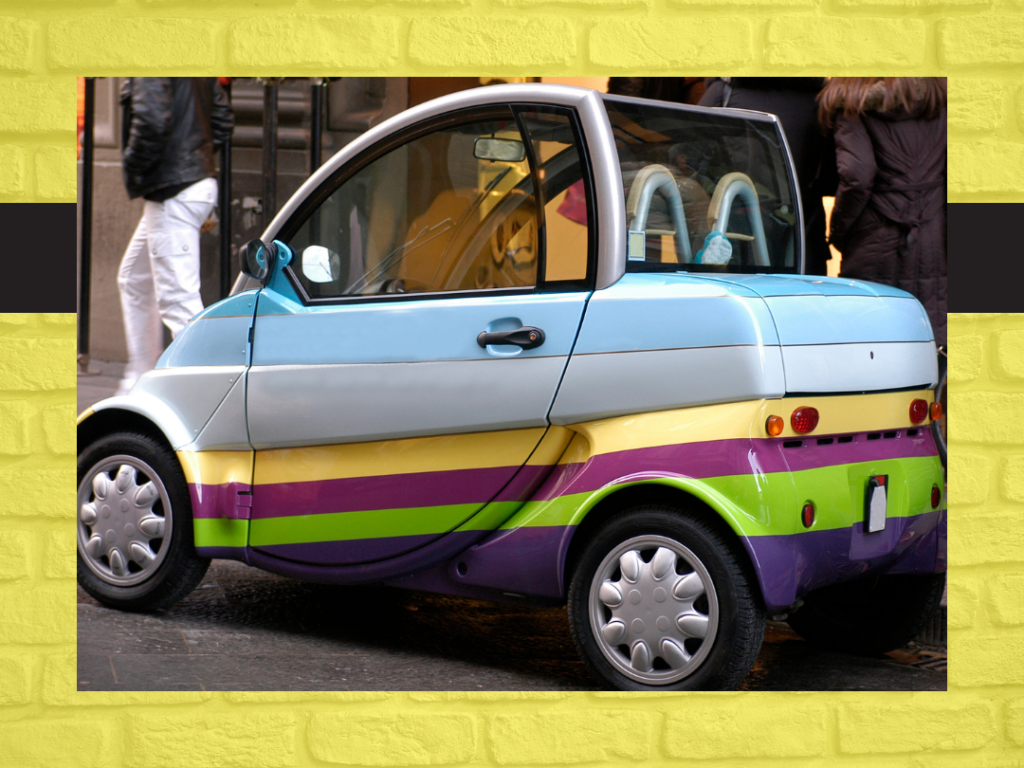When you’re ready to purchase a used car, or a new one (if you can afford it these days!), what’s the first thing you look at? Are you one of those people that considers car color above everything else? (You just HAVE to have your favorite blue!) Or, do you look at safety features, overall price, cost to maintain, or longevity?
The truth is, different people look for different features. When it comes to safety, however, studies show that there is a connection between car color and accident risk. Let’s look at what the research shows so you’ll know whether or not it’s a factor YOU want to consider.
Car Colors: The Safest vs. the Most Dangerous
According to some studies, car color can have an impact on the frequency of reported vehicle crashes. Here’s what they’ve shown:
- The safest car colors are white (#1), yellow, cream, and beige. If you drive a white car, you could potentially REDUCE your accident risk by 12%.
- The most dangerous car colors are black (#1), gray, silver, and blue. Drive a black car and you could INCREASE your accident risk by 12% vs. driving a white one.
Does this mean you should never buy a black or dark vehicle? Absolutely not! Car color is just one factor that could impact your chances of getting into an accident. Other potentially more significant factors include your driving habits, driving speed, driving conditions, and the overall condition of your vehicle.
The Science Behind Car Color and Accident Risk
On the surface, it might seem that darker car colors are more accident-prone simply because they’re more difficult to see. While that IS generally the case, there’s a little more science behind car color and accident risk.
- Forward vs. backward colors – Lighter colors are known as ‘forward colors’, meaning that they appear to be closer to you. On the other hand, darker colors are referred to as ‘backward colors’ – they appear to be farther away. Studies have shown that drivers tend to be more careful of the closer/forward colors (lighter car colors) and pay less attention to the farther away/backward (darker) colors.
- Swelling vs. shrinking colors – Some colors make objects appear bigger or smaller than others. For example, yellow is considered a swelling color – it makes objects appear bigger than they really are. Drive a yellow car and it’s more likely to be noticed because it seems bigger. On the other hand, green is a shrinking color – it makes objects appear smaller. Drive a green car and other drivers may be less likely to notice you because your car appears smaller.
How to Improve Driving Safety and Lower Accident Risk
While choosing a safer car color may slightly reduce your accident risk, there are other factors that could provide an even bigger benefit. Things like learning safe driving habits, practicing defensive driving techniques, and driving appropriately for the weather conditions.
We also recommend preventative maintenance for your vehicle. After all, when your vehicle is well maintained, it’s less likely to pose a road hazard for yourself or other drivers. Tire maintenance, brake service, and routine vehicle inspections are just a few of the ways you can make sure your vehicle is running smoothly by catching small problems before they become big ones.
At our Tempe auto repair shop, we offer a comprehensive line of auto repair and maintenance services to meet your needs. We have highly skilled, ASE certified technicians who will treat your vehicle as if it were their own and are committed to your safety. Simply give us a call or schedule an appointment online today!
Schedule My Appointment Now!

